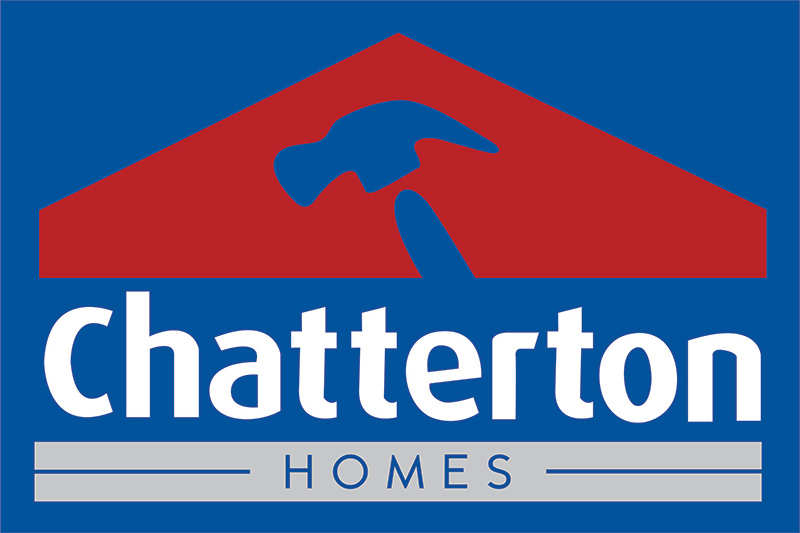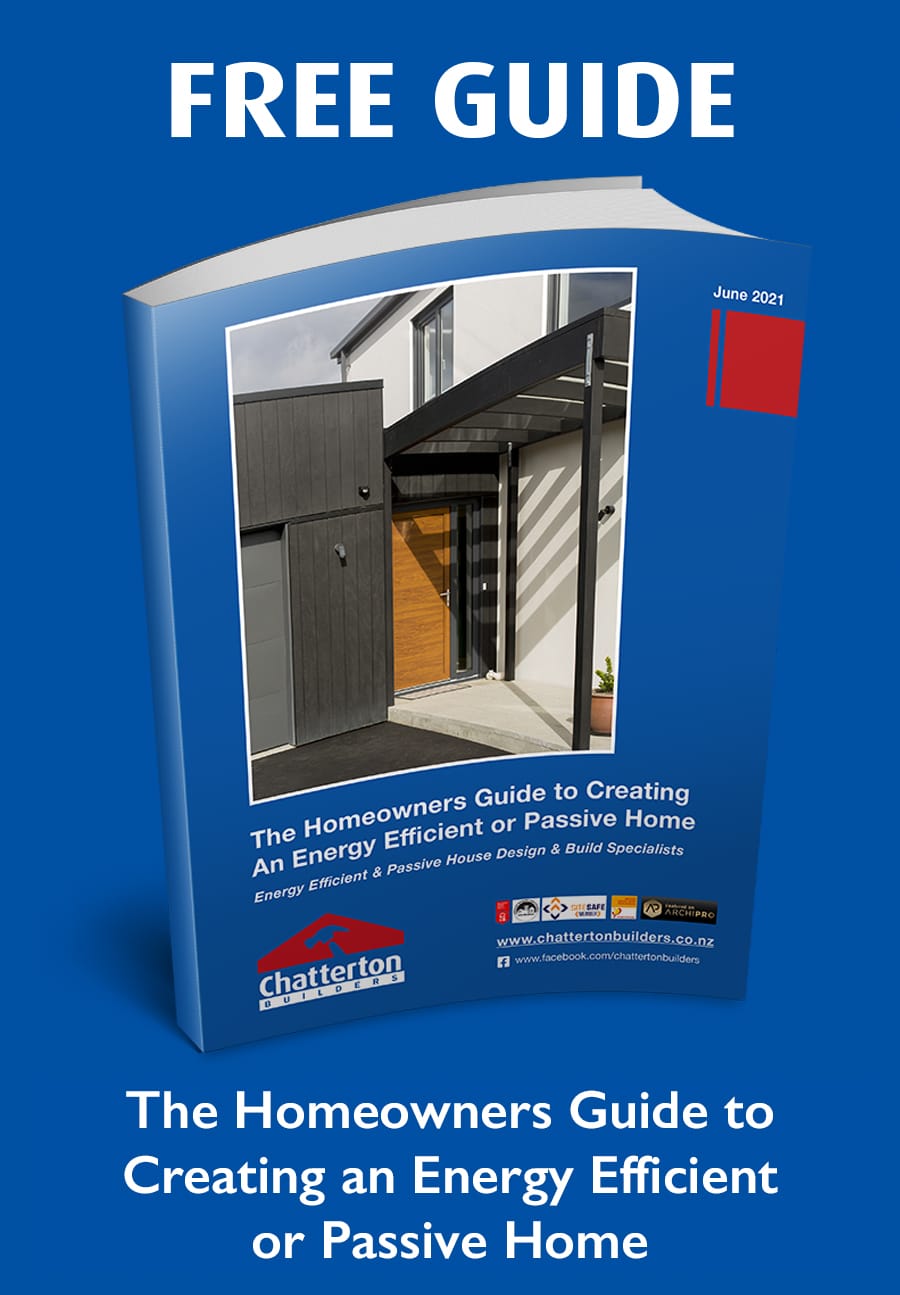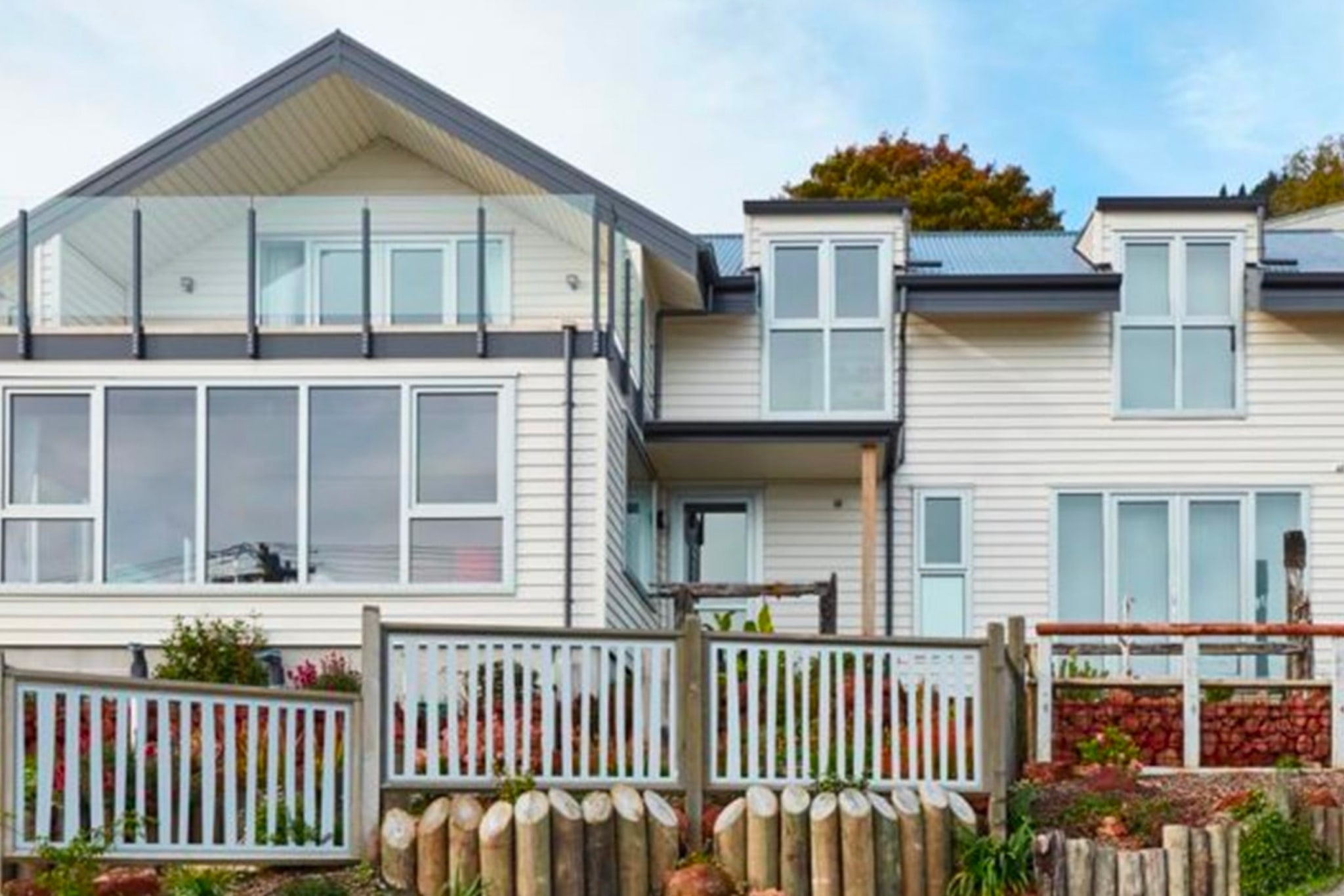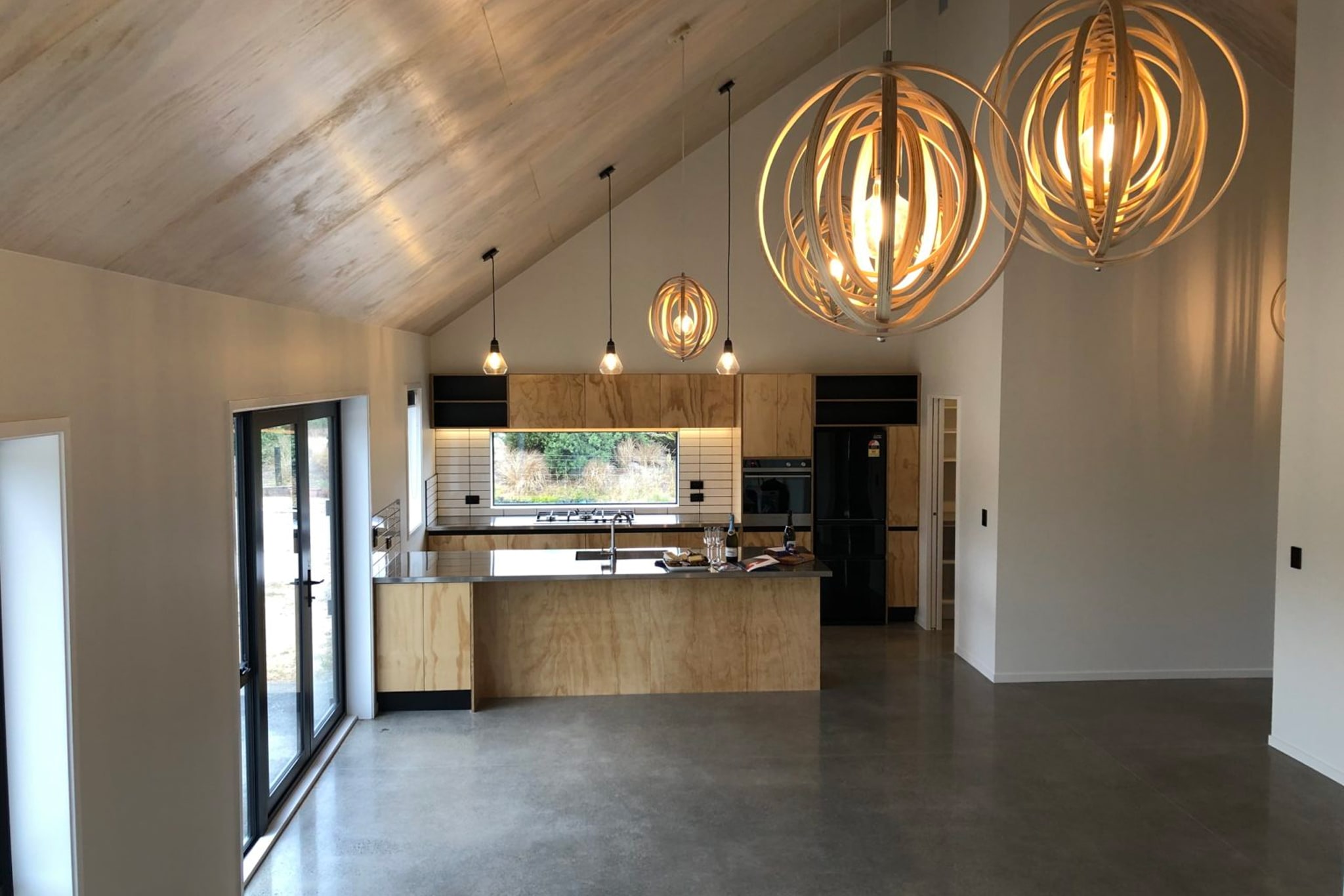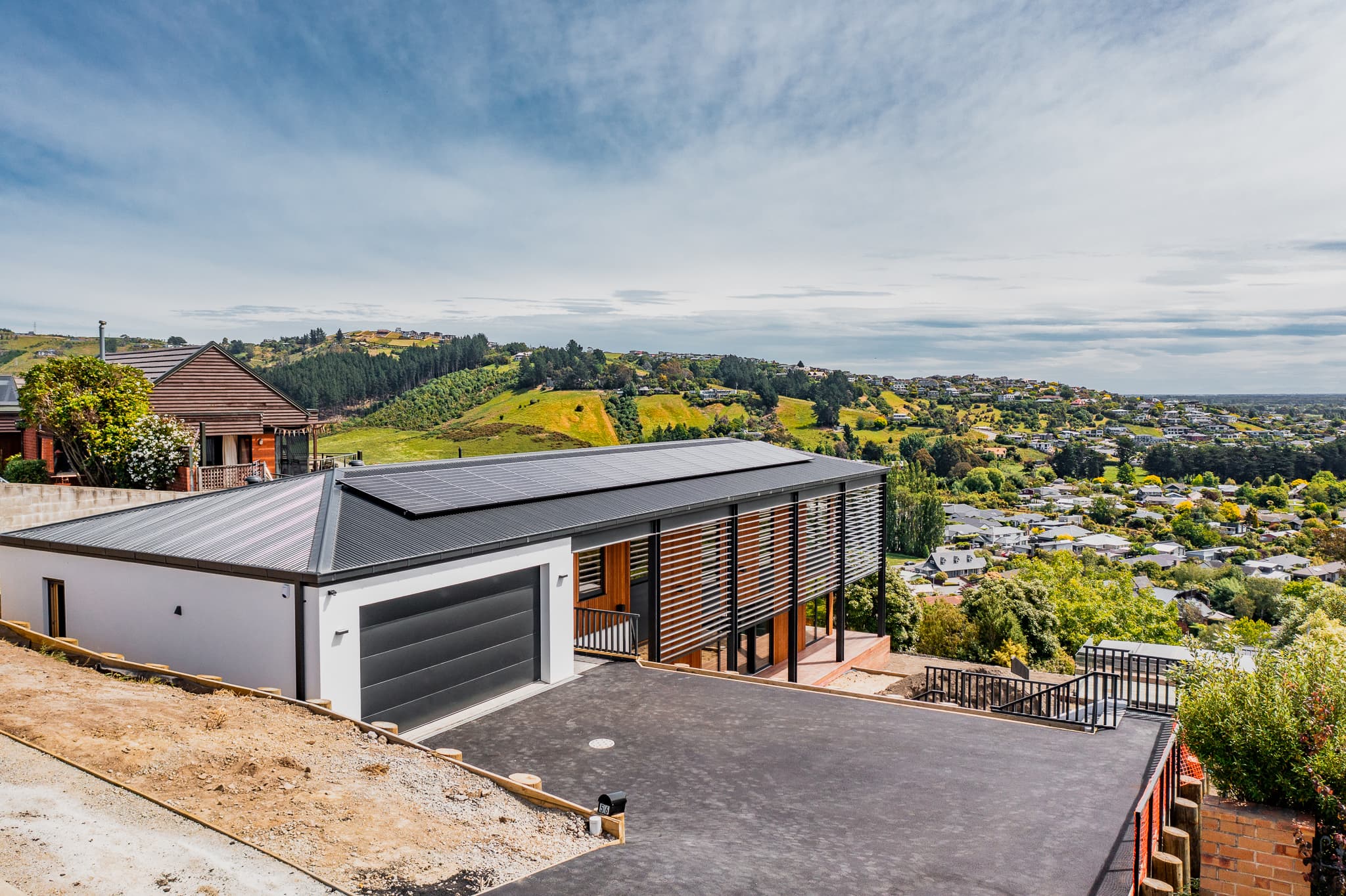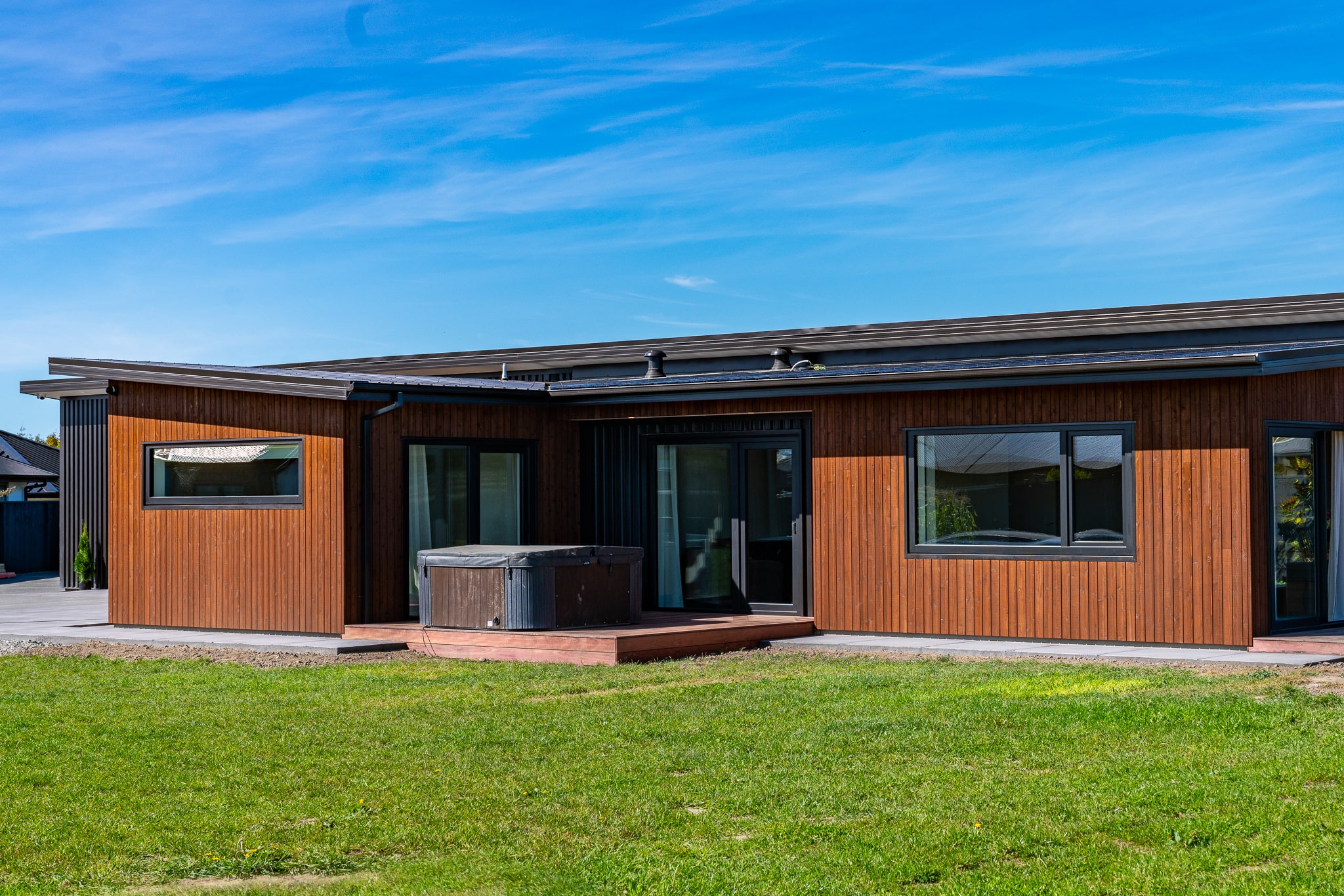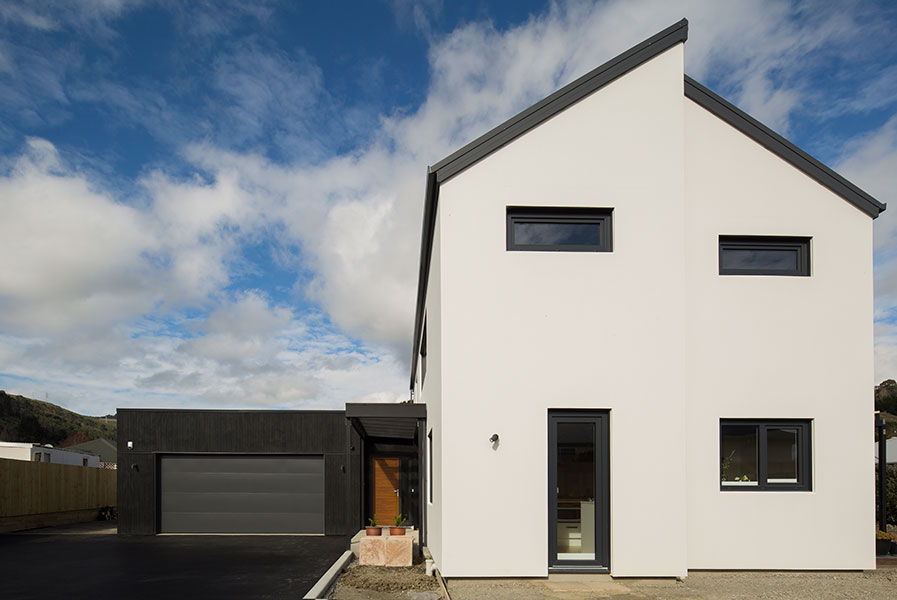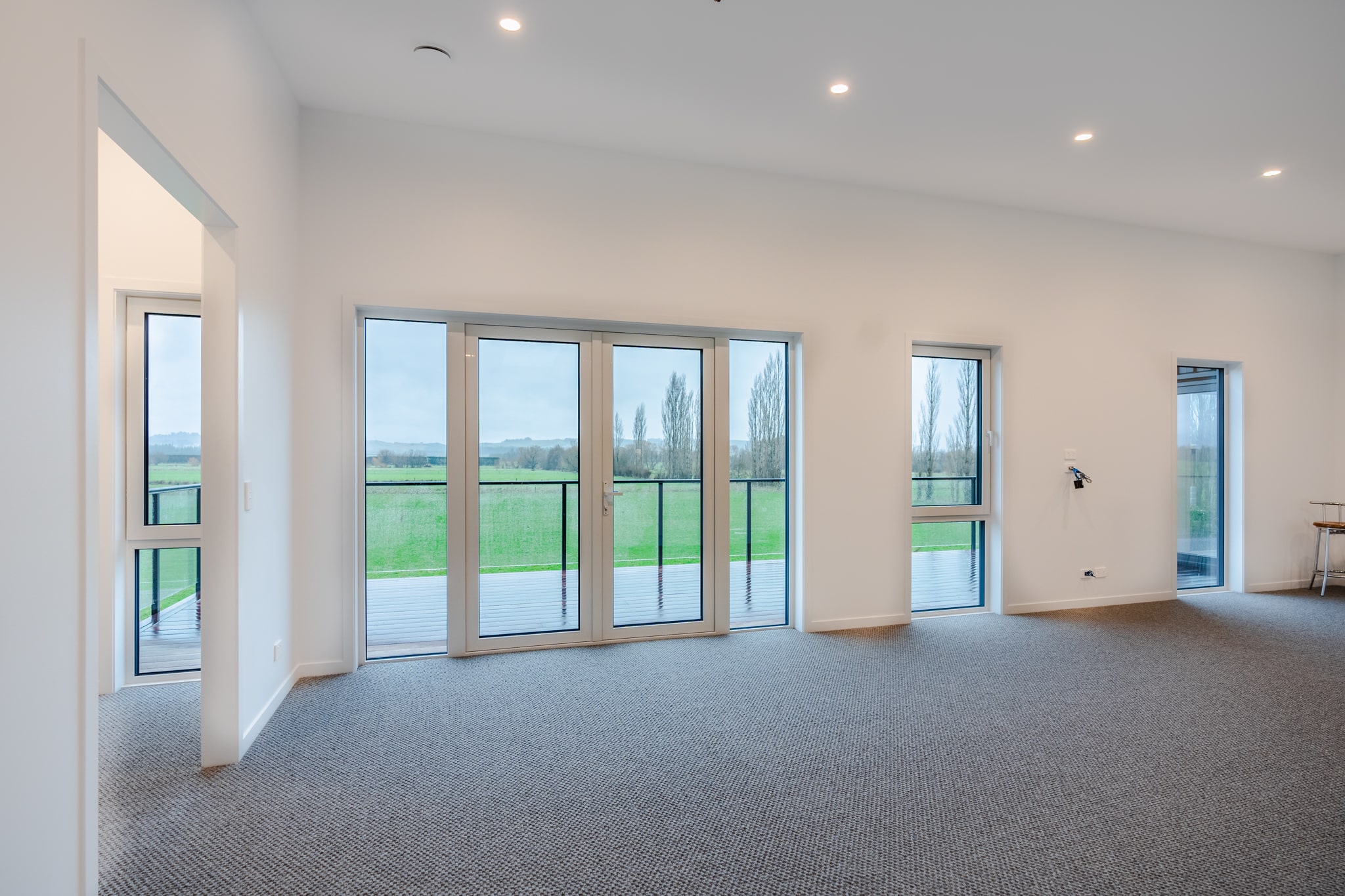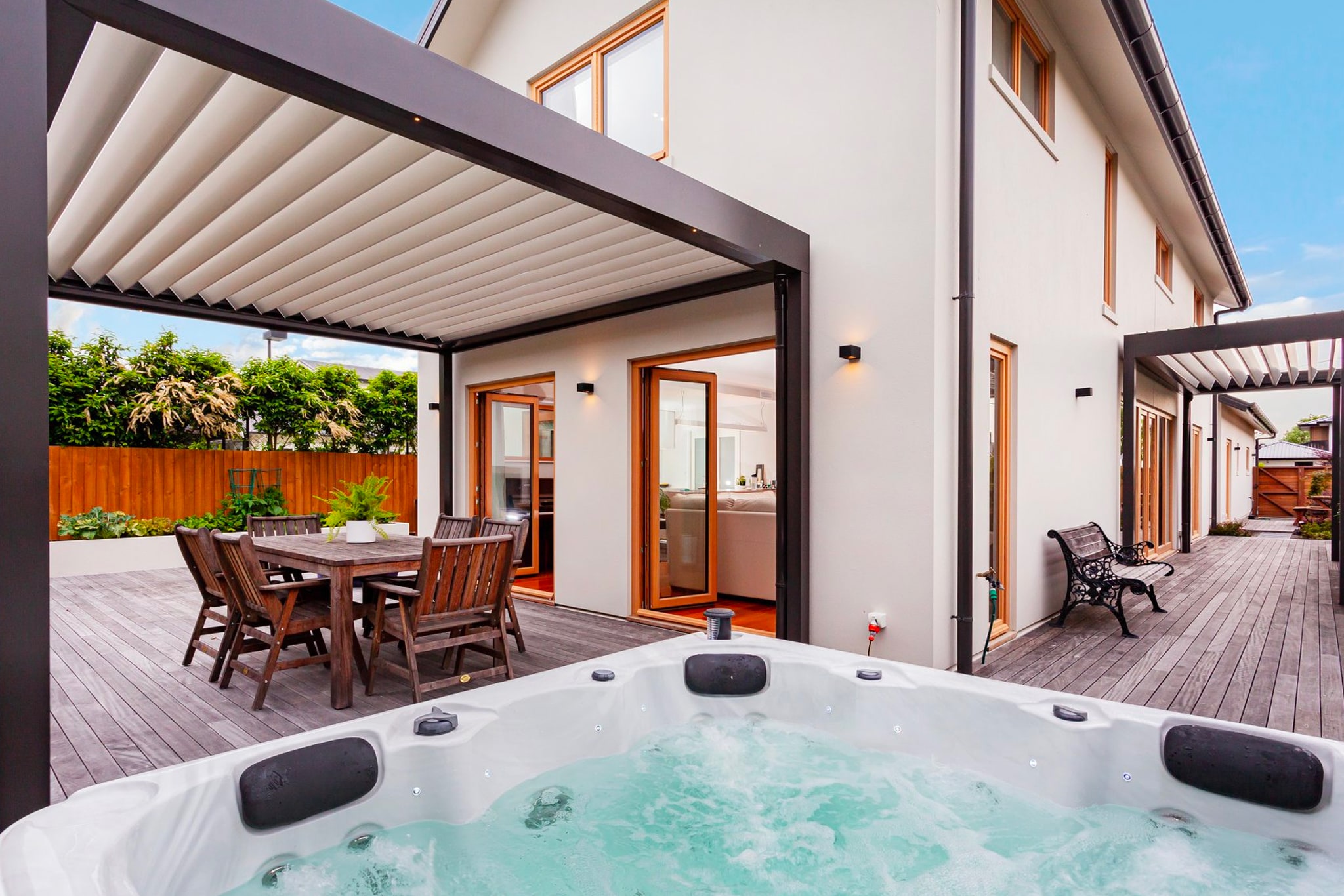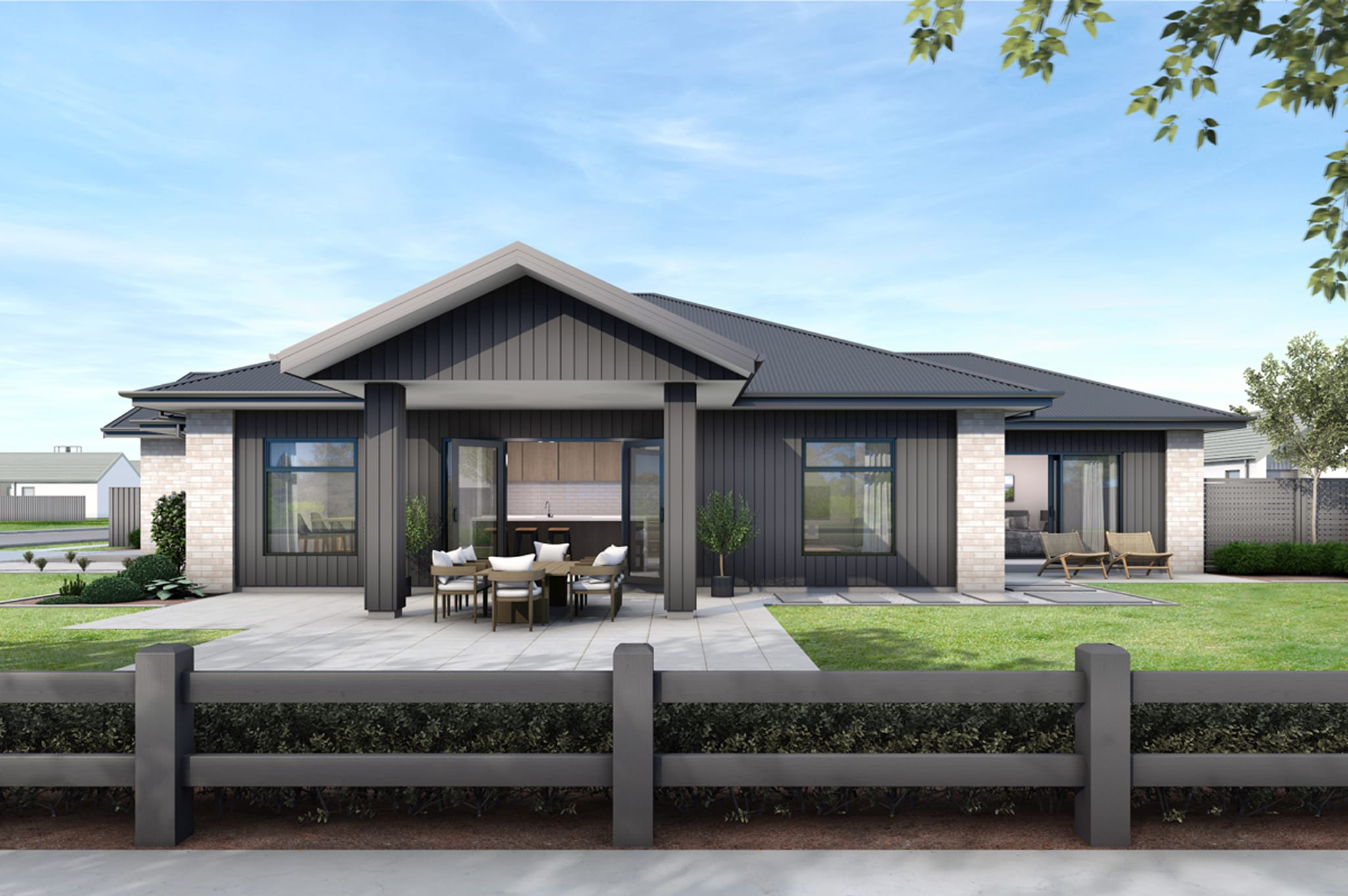We specialise in creating healthy, comfortable, quiet homes filled with fresh filtered air and up to 90% energy savings on heating and cooling.
We achieve this by employing key principles as part of a comprehensive design and build process. These key principles originate from Passivhaus.
- Insulation
- Airtightness
- Thermal Bridges Addressed
- High Performing Windows
- Mechanical Heat Recovery Ventilation System
All of our homes, whether it’s design and build or one of our high performance plans, incorporate these five key principles. You choose one of 4 options below:
